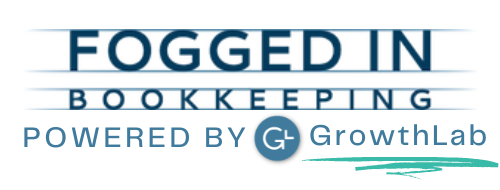03 Apr PPP Loans: Paycheck Protection Program Loan Resources and Information
The small business economy of the United States is impatiently waiting while the SBA and U.S. Treasury are trying to figure out what the CARES Act means. The most popular segment of the benefits package is the Paycheck Protection Program Loan. With its forgiveness that acts as a grant, many small businesses view this as a much-needed life preserver. Referred to as PPP Loans, these loans will be distributed by Small Business Administration (SBA) lenders. Right now, those lenders are also still trying to figure out the details. So what do you need to know about PPP Loans?

PPP Loans: Just the Facts Ma’am
Who gets funds?
PPP loans will be available to small businesses who are seeking funds to retain their current staffing and payroll levels or those that seek to rehire back to their staffing levels prior to the impacts of COVID-19. Small businesses will be defined as businesses with fewer than 500 employees, and as always there are a few exceptions to that. Under the PPP loan guidelines, independent contractors and self-employed individuals qualify to apply for funds on April 10, 2020.
Wait! I thought it was a grant?
For-profit businesses cannot be recipients of grants by law. PPP loan funds are distributed as loans. A portion of the loan will then be eligible for forgiveness. The forgiven portion of the loan will be non-taxable income to the business. The forgiveness will NOT be the full amount and is, at this time, a bit of a moving target. Staffing levels and wages must be maintained, or be brought back to prior levels, in order to obtain forgiveness. Current advice, from the U.S. Treasury, states that it is likely no more than 25% of the loan will be forgiven if funds are used for allowed costs, like rent. Yes, you are going to need to document and show how the funds were used when you apply for forgiveness.
How do I apply?
To apply for a PPP loan a small business will complete a loan application with an approved SBA lender. These lenders can be located using the SBA website, however, the site can be hard to navigate and the lists available are not always up to date. It would be a smart first step to reach out to the bank you already have a relationship with and find out if they are an SBA lender. If they are not they can often provide a list of lenders in your state. Keep in mind that the application process, required documents, and interpretation of the most recent documentation for the federal government may vary from bank to bank. Save your efforts by having the forms and calculators YOUR lender will use because there may be variations.
What can the funds be used for?
Funding from the PPP loans is primarily for paying wages and employee benefits. Loan proceeds can also be used for:
- Interest on mortgage obligations, incurred before February 15, 2020;
- Rent, under lease agreements in force before February 15, 2020; and
- Utilities, for which service began before February 15, 2020.
What makes the PPP loan program different from the EIDL loans?
EIDL loans only forgive $10,000. You would have to do the math and see if that actually works out better for your business. EIDL loans also carry a higher interest rate, all be it still a great deal at 3.75% for for-profit businesses and 2.75% for non-profits. EIDL loans also have a longer deferment period compared to PPP Loans. The PPP loans do not require a personal guarantee on any amount. More information on these comparisons and additional details can be found on our comparison grid.



No Comments